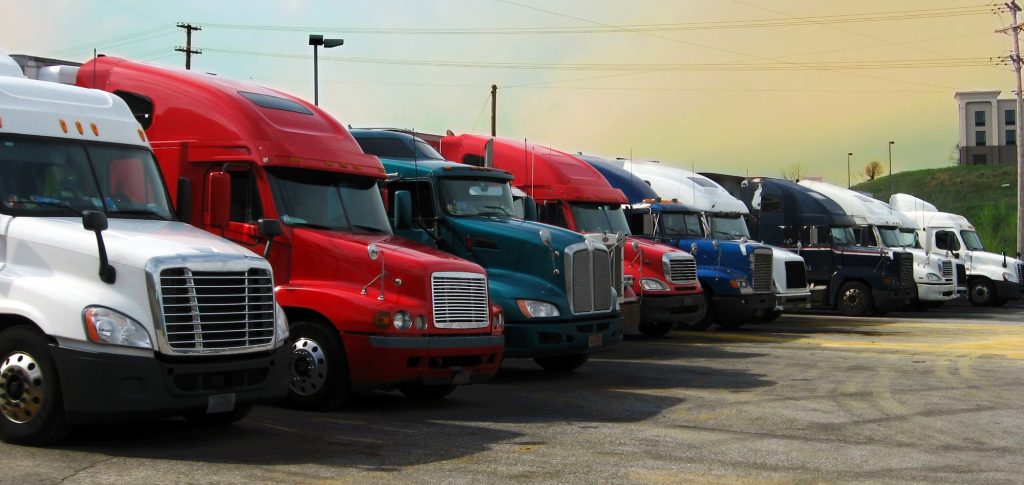Daimler Truck North America revealed its SuperTruck II project at Manifest 2023 in Las Vegas in Feb, showcasing technologies to improve operational efficiency.
Daimler Truck North America unveiled SuperTruck II in Las Vegas earlier this month, doubling the freight efficiency of a 2009 Freightliner Cascadia with a DD15 engine. DTNA’s SuperTruck II was more grounded and focused on core components and systems with real-world applicability. Derek Rotz, DTNA’s director of advanced engineering, said the team focused on technologies promising for production on SuperTruck II, such as optimized aerodynamics, energy management, powertrain efficiency, leaving out waste heat recovery, hybrid electric drive, and carbon-fiber composite materials.
Optimized Aerodynamics
Daimler achieved a 12% improvement in aerodynamic efficiency with redesigned hood, bumper, chassis fairings, active cab side extenders, roof spoiler system, and a camera/mirror system. A dynamic ride-height control system lowers the truck, while the doors are treated with skirts that close the gap between the door sill and the top step.
Designers left no stone unturned, and aerodynamic improvements include enhanced tractor aerodynamics, low-rolling resistance tires, powertrain improvements, advanced energy management, and a MirrorEye camera system with a proprietary camera arm.
Powertrain Efficiency
Under the newly sculpted hood is a prototype Detroit 13L engine, with attention paid to air handling and thermal management. It features two series turbochargers with an intercooler between them to cool the air exiting the first turbo, increasing the volumetric density of the air entering the second. The intercooler is looped into a split cooling circuit with high and low-temperature loops; the low-temp cooling circuit dissipates heat from the exhaust gas recovery (EGR) cooler and accessory drives, while the high-temp side handles essential engine cooling.
Is SuperTruck Worth the Money?
Internally, much work was done to reduce friction: lighter-viscosity oil and friction-reducing coatings on various surfaces, increased injection pressure to 2500 bar (36,000 psi), an overhauled fuel injection system, and 6×4 to 6×2 adaptive tandem axles at highway speeds (shifting weight to low-rolling-resistance tires). Plus, a prototype 13-speed transmission and new Michelin X M 586 tires. Daimler claims a 5.7% improvement in fuel consumption over SuperTruck I.
Energy Management
SuperTruck II features a 48-volt electrical system with lithium-ion batteries, enabling electric “power” steering & a single-circuit AC system (50% less energy than conventional AC systems). Its EcoSail feature allows engine-off operation while air conditioning remains in operation, with tested routes seeing 30% operating time with the engine off. The 48-volt electrical system has design & engineering challenges, with minor benefits such as controlling the oil pump & more efficient operation of the AC system. SuperTruck, co-funded by the Department of Energy, aims to reduce emissions by investigating next-generation technologies with possible commercial applications.
Source: https://www.truckinginfo.com/10192201/dtnas-supertruck-ii-separates-the-practical-from-the-possible












Leave a Comment